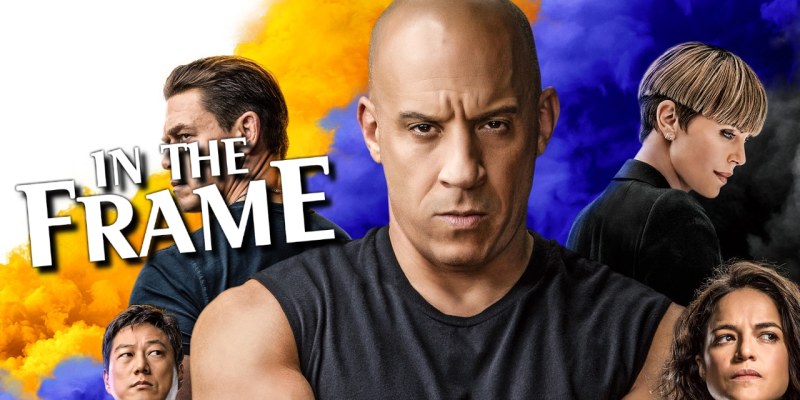It’s a cliché to describe the Fast and Furious movies as about “family,” but that doesn’t make it inaccurate.
As they’ve evolved, the Fast and Furious films have become “superhero” films that have swapped out capes for cars. The franchise owns this, with the villainous Brixton Lore (Idris Elba) describing himself as “Black Superman.” However, the comparison extends beyond the stunts and the spectacle. In some ways, the Fast and Furious films are more faithful to the mechanics and conventions of superhero comics than more official adaptations.
Superhero comics have been described as “soap operas for boys.” The serialized nature of the medium and the obsessive devotion of the fanbase means that superhero comics frequently lean on the same conventions as television shows like Days of Our Lives or As the World Turns. Characters are frequently killed off and resurrected, revealed to have secret evil relatives, and become entangled in sets of complicated interpersonal relationships.
The Fast and Furious franchise leans heavily into these tropes. Letty (Michelle Rodriguez) appears to die in the fourth film in the franchise, Fast & Furious, only to be resurrected as an amnesiac in the sixth, Fast & Furious 6. Han (Sung Kang) was killed off at the end of The Fast and the Furious: Tokyo Drift but is revealed to have faked his death six films later in F9: The Fast Saga. (On an unrelated note, the naming conventions of the Fast and Furious franchise are fascinating.)
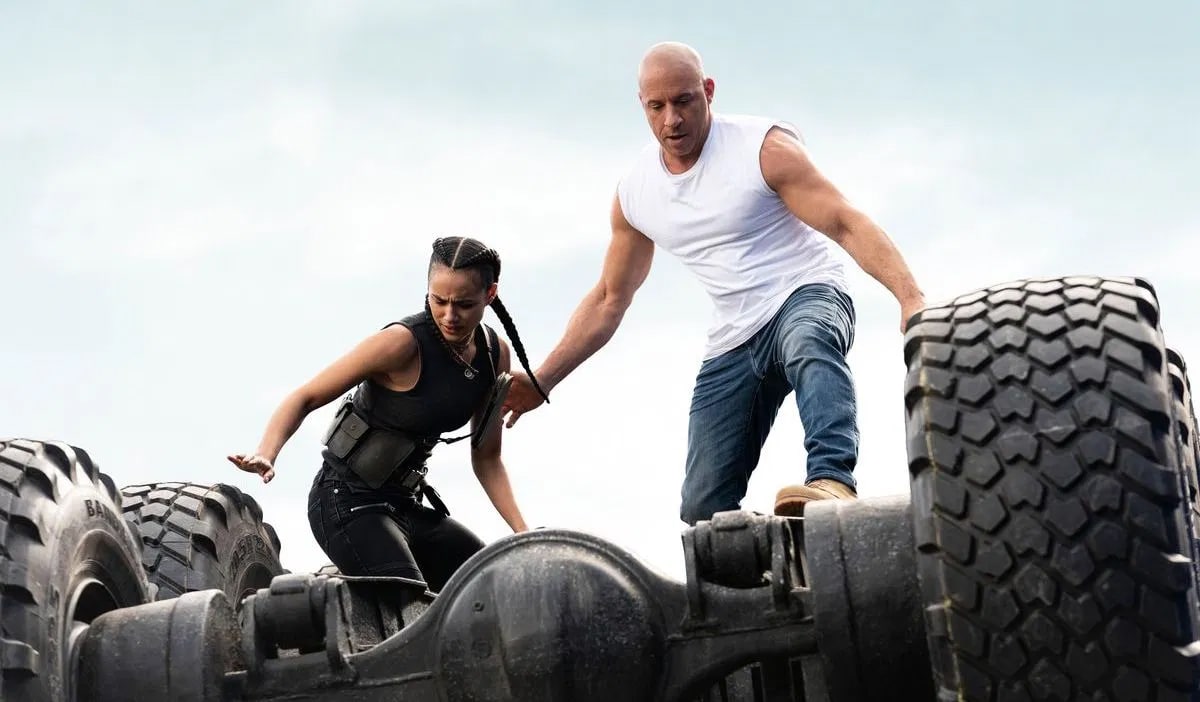
The franchise leans on the idea of family. Dom Toretto (Vin Diesel) is supported by his wife Letty and his sister Mia (Jordana Brewster). Mia is married to Brian O’Conner (Paul Walker), the undercover cop originally tasked with infiltrating the family. Later films include a feud and reconciliation with another outlaw family. The Shaws are led by Deckard (Jason Statham) and include his siblings Owen (Luke Evans) and Hattie (Vanessa Kirby) and matriarch Queenie (Helen Mirren).
To underline this point, Dom seems to spend almost as much time monologuing about family as he does actually driving cars. “You don’t turn your back on family,” Dom tells Brian in Fast & Furious 6. “Even when they do.” In Furious 7, he boasts, “I don’t have friends. I got family.” At the end of that film, he tells Brian, “No matter where you are, whether it’s a quarter mile away or halfway across the world, you’ll always be with me. And you’ll always be my brother.”
As such, it makes sense that F9 leans hard into the idea of family. The plot itself is fairly unimportant. Once again, the characters find themselves embroiled in a dangerous mission to prevent a weapon of mass destruction from falling into the wrong hands. However, the big twist is that the gang find themselves facing off against Dom’s long lost and heretofore unmentioned younger brother Jakob Toretto, played by John Cena.
It’s an incredibly goofy and absurd twist that F9 works really hard to sell through a series of flashbacks that seek to integrate Jakob into the franchise’s internal mythology and explain his absence from the earlier films. F9 jumps back to the death of their father Jack (J.D. Pardo) and to Dom’s attack on Kenny Linder (Jim Parrack) with a monkey wrench — core parts of the franchise’s internal continuity. It’s all gloriously soap operatic, no more or less absurd than Letty’s amnesia.
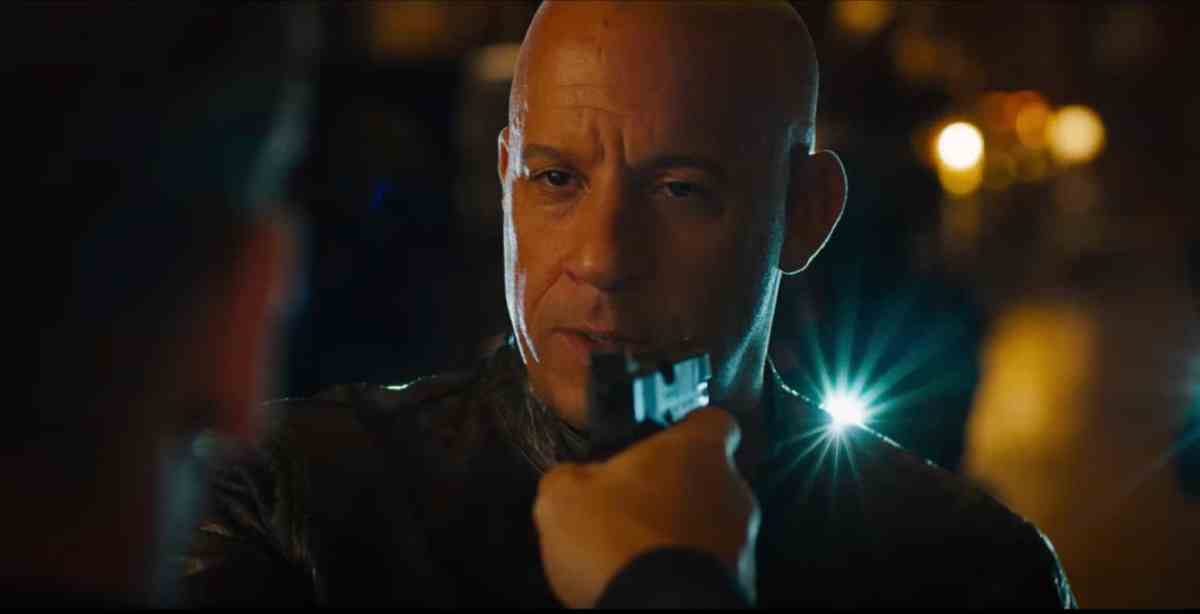
However, it doesn’t work. The film never really sells the familial connection. Dom and Jakob spend the most time together via flashback, played by actors Vinnie Bennett and Finn Cole. Diesel and Cena spend scant time on the same set, making it hard to invest in any actual emotional drama between the pair. Dom isn’t the only problem. F9 makes a big deal of Mia joining Dom on this mission because Jakob is her brother too, but Jakob and Mia only exchange two lines of dialogue.
Given what happened the last time the franchise paired Diesel with a professional wrestler, minimizing the duo’s time together may have been a practical decision. Scott Eastwood, who joined the cast in Fate of the Furious, noted that “everyone goes back to their trailer” between shots, indicating there may be little communal atmosphere on set. This mirrors Johnson’s frustration with Diesel, which was reportedly down to the amount of time the actor spent in his trailer, keeping the cast and crew waiting. Eastwood did not return for F9.
The dissonance between the emphasis on family and any actual emotional understanding of the concept in F9 is revealing. The main Fast and Furious franchise has lost several key players in recent years, and their absence is keenly felt. Fast Five introduced the character of Luke Hobbs, played by Dwayne “The Rock” Johnson. Johnson provided the series with a much-needed shot of “Franchise Viagra,” and his presence helped to reinvigorate the series.
Johnson became embroiled in very public feuds with co-stars Vin Diesel and Tyrese Gibson. As a result, Hobbs was spun out into his own satellite franchise, Fast & Furious Presents: Hobbs & Shaw, with Deckard Shaw. However, this was apparently not enough to ease tensions behind the scenes. Cast members from the main Fast and Furious franchise like Gibson and Rodriguez became embroiled in high-profile drama around the spin-off.
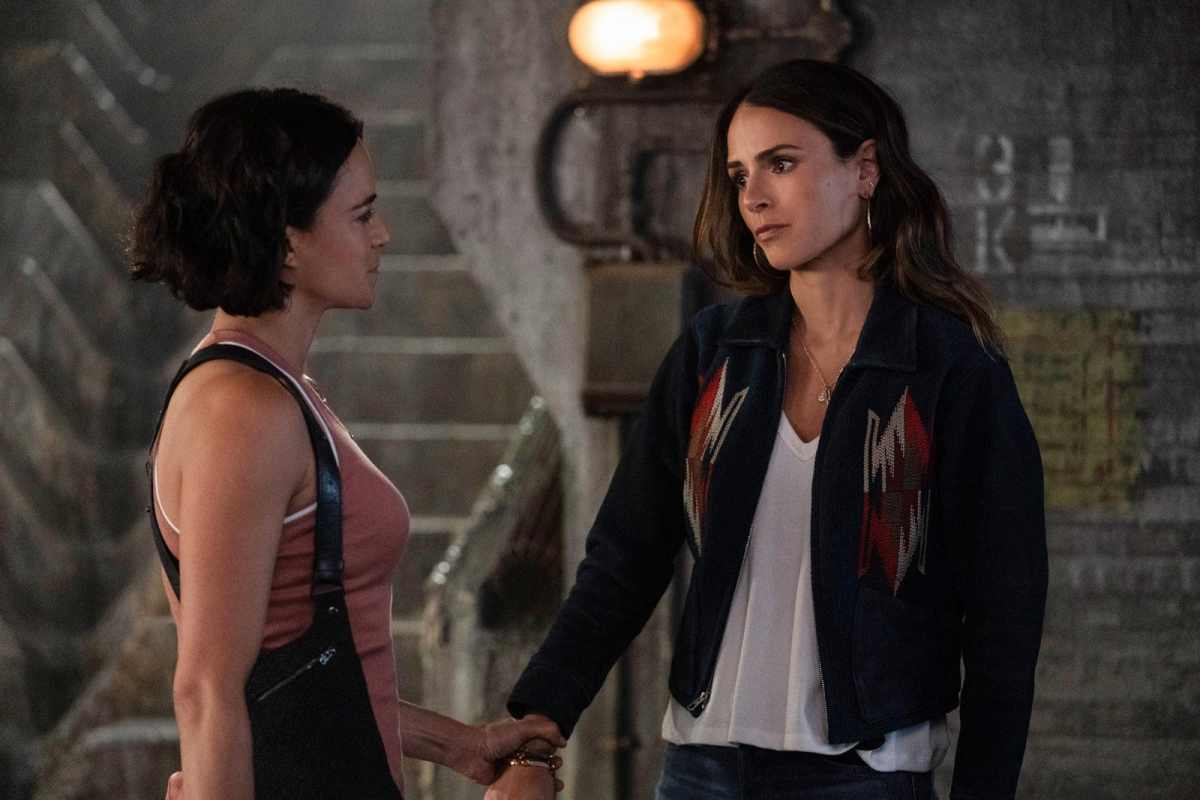
While Hobbs & Shaw underperformed at the box office, F9 feels the absence of both Johnson and Statham. (Statham appears in a post-credits scene, teasing a possible return in the tenth film in the franchise, hopefully titled FUR10US.) Johnson has a natural charisma that few modern movie stars can equal, while Statham is an engaging screen presence. Losing both actors poses a real problem for F9, removing a lot of what made the recent entries in the franchise so compelling.
F9 is aware of this. The film draws heavily from the Fast Five playbook, perhaps acknowledging that the series needs another little blue pill to stop it from flagging. Justin Lin returns to the director’s chair. As with Fast Five, F9 tries to find some emotional grounding by taking the series back to its roots. As a veteran wrestler, the casting of John Cena even feels like an attempt to recapture the magic of casting Dwayne Johnson — the two are often compared and even have their own feud.
However, there is a more fundamental absence that F9 struggles with. Actor Paul Walker passed away in November 2013, during the production of Furious 7. Appropriately enough, Furious 7 ends with an emotional farewell to the character of Brian O’Conner, using special effects wizardry to recreate Walker. Vin Diesel has since argued that the touching closing sequence “might be the best moment in cinematic history.” It offered closure for the cast, the fans, and the characters.
Despite this closure, both Fate of the Furious and F9 have struggled with how best to work around Walker’s death. Brian O’Connor is very much alive in the world of the franchise, and he is so closely integrated into the Toretto family unit that he cannot completely disappear. Every time that Mia appears on screen, the films have to offer some explanation for why Brian isn’t with her. In F9, these excuses run the gamut from babysitting duty to his tardy arrival at a family barbecue.
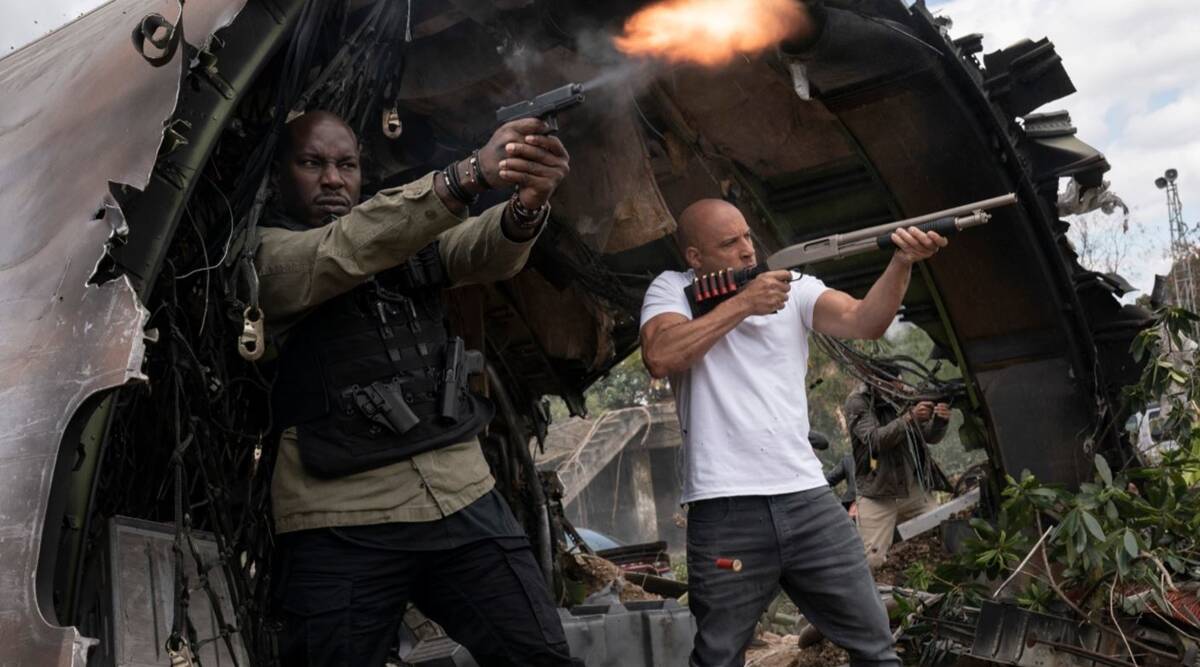
It’s understandable that the franchise cannot let go of Paul Walker. He was the co-lead of The Fast and the Furious. He was also the only major actor to return for 2 Fast 2 Furious. Brian’s reunion with Mia was the emotional core of Fast & Furious. Walker provided something sorely missing from the remaining ensemble: humanity. Brian was the glue that held the team together. Notably, Roman (Gibson) and Tej (Chris “Ludacris” Bridges) are only on the team through their friendship with Brian.
A lot of this is down to Walker’s energy as a performer. Walker was the first actor cast in The Fast and the Furious, with producer Neal H. Moritz wanting to collaborate with him after The Skulls. Vin Diesel was a late addition, only hired after Timothy Olyphant turned down the co-lead. However, Diesel took charge of the character of Dom Toretto, working on rewrites with David Ayer. As a result, Diesel emerged from The Fast and the Furious as a movie star rather than Walker.
Walker was far from the strongest dramatic performer in the cast, but he always came across as egoless. He was a generous scene partner who rarely seemed to fight for space, with Walker seeming to slip back into the larger ensemble as the franchise progressed rather than forcing his way to the front. It is difficult to imagine Walker embroiled in the absurdist posturing of stars like Diesel, Johnson, and Statham counting punches and refusing to lose on screen.
Two films after Walker’s passing, the Fast and Furious franchise still hasn’t decided how to deal with his absence. It knows that something irreplaceable has been lost, but it also understands that Walker provided something unquantifiable yet also essential to how these movies work. F9 tries awkwardly to tap into that, refusing to let the actor and the character go. However, this approach only draws attention to the heart-shaped absence at the center of a franchise that is so obsessed with family.
